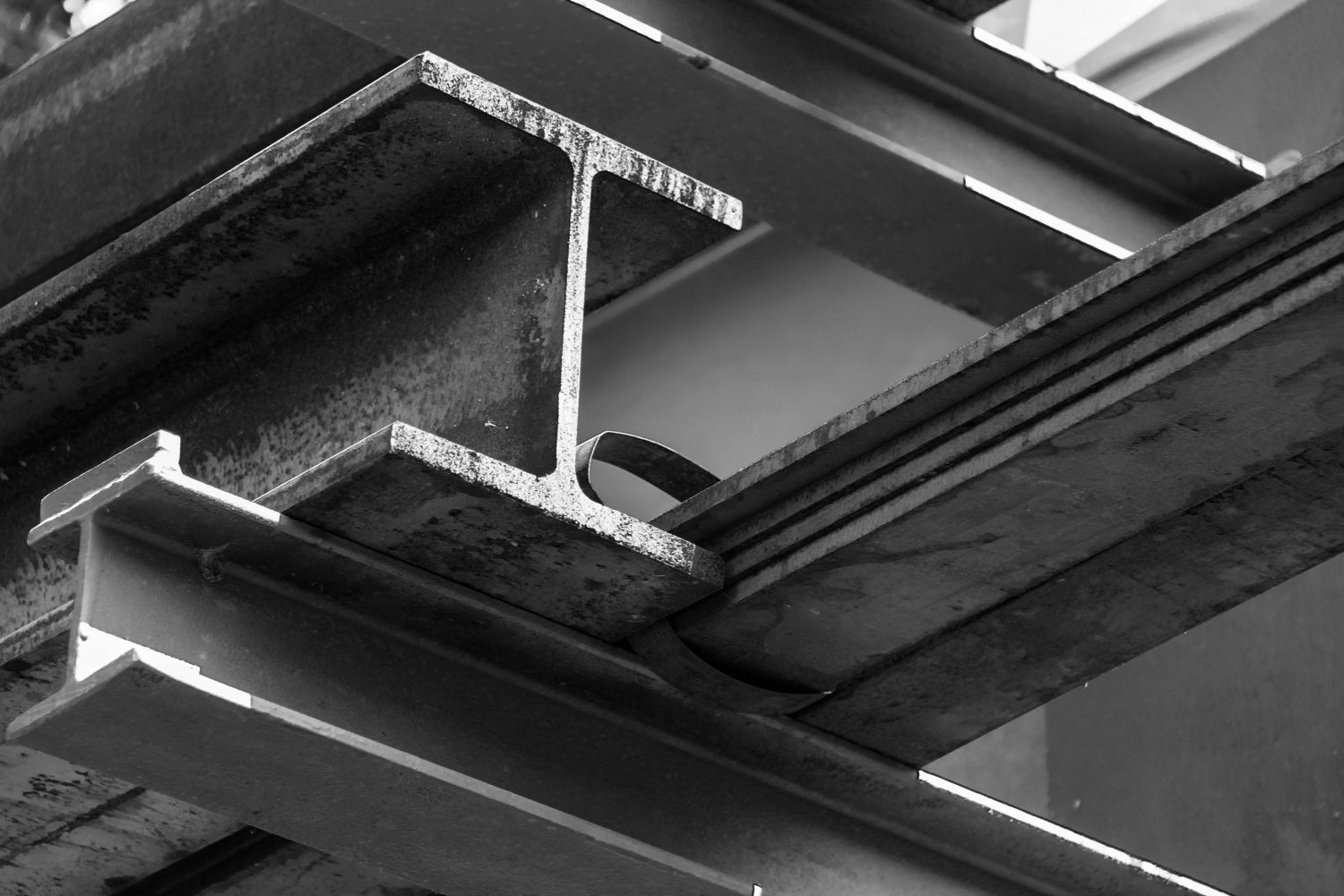Different types of steel beams and their applications
09th Aug

Steel beams are an essential part of the construction industry, providing the required support for a structure to be built. However, there isn’t simply one type of beam that is universally used for all types of projects. There are several different types of steel beams in a range of shapes and sizes with each one being more suited to specific applications. In this article, we’ll be exploring these types of beams, their design and manufacturing by structural steel fabricators, and how they are used in construction projects.
Steel beam types and their uses
Some of the most common types of steel beams include:
I beams/universal beams
These beams are the most common type of steel beams used in construction. To create an I beam, the composition of the flanges (flat surfaces) and the web (vertical support) are hot rolled, and their shape resembles an I, hence the name. The steel columns are connected to the universal beams to carry the loads. They feature a higher stiffness in the vertical direction and the height of the section is greater than the width.
H beams and W beams
Similar to I beams, H beams feature a specific shape, but are typically heavier and longer. They have a H shaped cross section and often have equal thicknesses between the web and flange. W beams are commonly referred to as wide flange beams. They have straight and larger flanges that take the shape of a W. Like with I beams these steel beams are used for general construction projects rather than having dedicated uses.
Plate girder
A plate girder is a specific type of steel beam that is mostly used in the construction of bridges and railway lines. They are easily customisable which makes them ideal for bespoke projects with strict requirements. Plate girders are created by two flanges and the web being welded together. The design of these girders is not the same as other types of beams. Welding is extremely important as three plates are connected to form a plate girder. So, it has to be completed precisely ensuring high durability and strength.
Gantry girder
The gantry is a beam mechanical system that enables transfer of material from one location to another during a construction project. Gantry beams are identified as special types of beams. A system like this can be categorised based on the purpose of its use. For example, in ports they can be used to lift containers or in factories they are used to move goods from one area to another.
There can be further distribution of weight along the beam of a gantry as needed. The design of a gantry girder is often more complex than other types. Small and medium scale gantries can be made from hot rolled sections, but larger scale and more heavily loaded gantries could be used as plate girders.
Composite beams
Composite beams bring together two or more different materials and are often more efficient steel beams that are used in construction structures. One example of composite beams is a steel beam that has been combined with the slab or a concrete beam. A composite beam of a steel beam and a slab is made by having shear studs welded to the steel beam which is then embedded in the concrete.
Hollow steel sections
Hollow sections are steel profiles with tubular style cross sections. The shapes can be rectangular, square, or circular depending on their intended use. Rectangular and circular hollow sections are particularly efficient in relation to local failures. So, whilst universal beams are sometimes more at risk of local buckling, a rectangular section is more resistant to it. Also, they are available in different sections, but aren’t produced by connecting steel plates like plate girders.
Where can I find steel beam fabricators near me?
If you have a project that requires bespoke, quality crafted steel beams, the team at FEM are on hand to support you. Our structural steel fabricators have many years of hands-on experience in metal fabrication to support your needs and fully meet the requirements of your project. No matter how big or small your bespoke steel fabrication is intended to be. Contact us today to discuss your needs and learn more about how our fabrication services can benefit you.